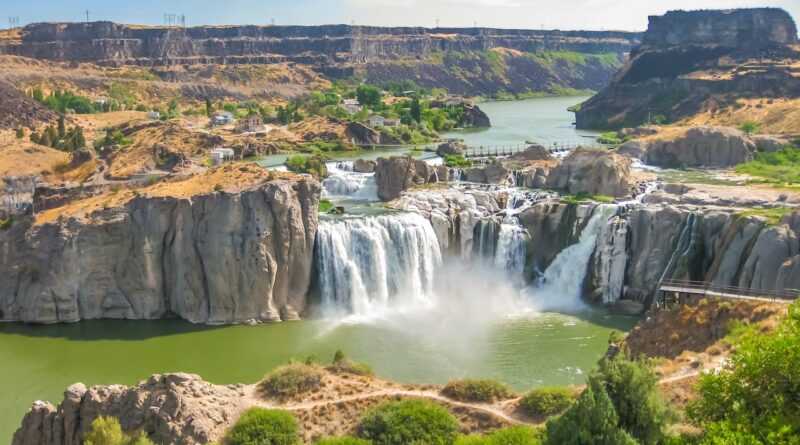History Of Idaho
Idaho, known as the “Gem State,” is nestled in the Pacific Northwest region of the United States. Behind its picturesque landscapes lies a rich tapestry of history, filled with tales of Native American tribes, explorers, gold prospectors, and pioneers. Let us delve into the captivating history of Idaho, tracing its path from ancient times to its modern-day significance.
Long before European settlers arrived, Idaho was home to various Native American tribes, including the Shoshone, Nez Perce, and Bannock. These indigenous communities flourished in the region, relying on the abundant natural resources for sustenance and cultural practices.
The arrival of European explorers in the early 19th century, such as Lewis and Clark, opened the doors to further exploration and eventual settlement. Traders and trappers ventured into the area, drawn by the lucrative fur trade, establishing early trading posts that would later develop into thriving communities.
The mid-1800s brought a significant shift to Idaho’s history with the discovery of gold. The subsequent Gold Rush in the 1860s attracted a wave of fortune seekers from all corners of the country. Towns sprang up overnight, as prospectors and miners flocked to Idaho’s rugged mountains and riverbanks in search of their fortunes.
The mining industry played a pivotal role in Idaho’s development, with the discovery of other valuable minerals like silver, lead, and copper. This surge in mining activity brought an influx of settlers and contributed to the growth of towns, including Idaho City, Silver City, and Wallace.
In 1863, Idaho emerged as a territory, encompassing a vast region that extended beyond its present-day borders. The territorial era was marked by conflicts with Native American tribes, as well as the establishment of law and order. Vigilante justice and clashes over land rights defined this period, as Idaho sought stability and progress.
Idaho’s path to statehood faced numerous challenges, including political divisions and disputes over its boundaries. However, on July 3, 1890, Idaho officially joined the United States as the 43rd state. This milestone marked the beginning of a new era, characterized by agricultural expansion, the development of infrastructure, and the growth of industries beyond mining.
The 20th century brought further transformations to Idaho’s economy and society. Agriculture, including the cultivation of potatoes, grains, and livestock, became a crucial sector. Irrigation projects, such as the famous Snake River Valley irrigation system, transformed arid landscapes into fertile farmlands.
Idaho’s picturesque landscapes and natural wonders also attracted conservation efforts. The establishment of national parks, such as Yellowstone and Sawtooth, aimed to preserve the state’s pristine wilderness for future generations to enjoy.
Today, Idaho stands as a diverse and vibrant state, blending its rich historical legacy with a modern outlook. Its natural beauty continues to captivate visitors, while its strong sense of community and cultural heritage foster a deep sense of pride among its residents.
The history of Idaho is an intricate tapestry woven with tales of exploration, resource extraction, and perseverance. From its Native American origins to the challenges of statehood and the growth of diverse industries, Idaho’s story reflects the spirit of its people and the landscapes they call home.
Discover more from City Towner
Subscribe to get the latest posts sent to your email.




